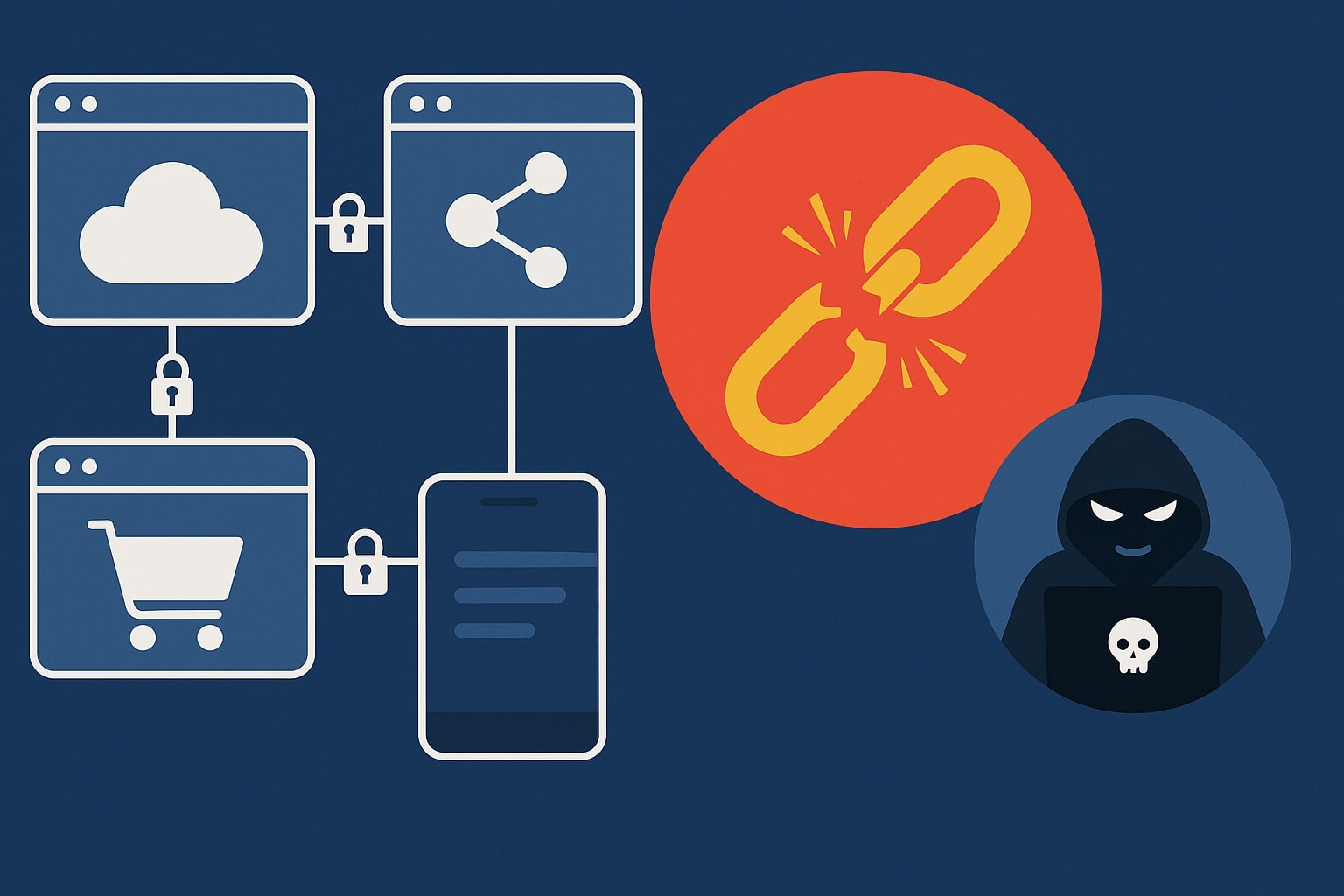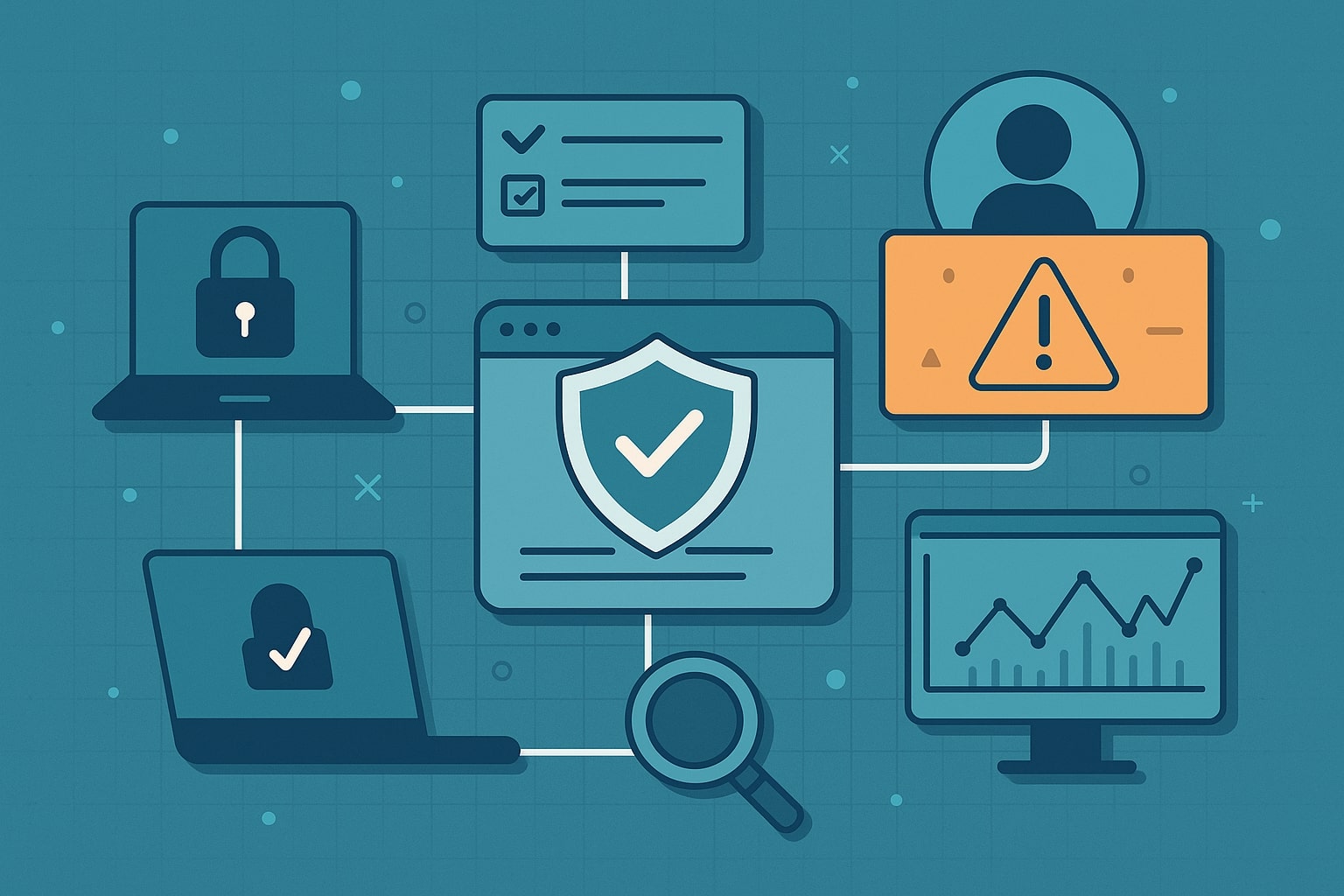
API Security: The Weakest Link in Modern Applications
Application interfaces are everywhere. They quietly power our favorite apps, connect services behind the scenes, and help businesses deliver seamless digital experiences. But as our reliance on these connectors grows, so does the risk. Interface security has become one of the most critical – and often most neglected – aspects of modern application development.
Organizations of all sizes now depend on data-driven ecosystems, where services and platforms communicate constantly. And the more we rely on these integrations, the more attractive they become to attackers. If even one point of communication isn’t properly secured, the consequences can be serious – ranging from data leaks to full-scale system compromise.

Why APIs Matter More Than Ever
Today’s applications are no longer monolithic. They’re built using microservices, third-party integrations, and cloud-native architectures – all tied together by digital endpoints. From logging into your bank account to ordering food online, these connectors make it all happen. But every exposed endpoint is also a potential entry point for attackers.
As more data flows through service interfaces, attackers are shifting their focus. Why break into a secure web app when you can exploit a poorly protected connection?
A recent shift in attack vectors has shown that malicious actors are actively scanning and targeting these backend connectors. They know that interface-level security often falls through the cracks due to tight deadlines, lack of centralized management, or assumptions that internal connections are safe.
Common Security Issues in Connected Services
Unfortunately, not all service interfaces are built with protection in mind. Here are some of the most common problems developers and teams face:
- Weak Authentication: If authentication is too basic or misconfigured, attackers can pose as legitimate users.
- Too Much Data Returned: Sometimes responses send back more data than necessary, including sensitive information.
- No Rate Limits: Without request limits, attackers can overload your service or brute-force login attempts.
- Unvalidated Input: Failing to check user input can lead to injection attacks like SQL or command injections.
- Outdated or Forgotten Endpoints: Old or undocumented interfaces (also known as shadow endpoints) are easy targets.
- Inconsistent Access Control: In complex systems, managing who can access what becomes a challenge, often leading to overexposed functionality.

Why Protection Is Often Overlooked
In fast-paced development environments like Agile and DevOps, the pressure is on to ship features quickly. Security can become an afterthought. Traditional tools and mindsets don’t always translate well to modern interfaces, and many teams lack visibility into what’s in use and how it’s being accessed.
On top of that, it’s easy to assume that because a service connector is internal or “behind the scenes,” it’s safe. In reality, many breaches come from internal threats or misconfigurations that expose services to the outside world.
Another reason interface-level protection is often sidelined is the fragmentation of responsibility. Development teams focus on building functionality, while security teams might not have the insight or tools to monitor interface behavior closely. This gap leads to blind spots that attackers are quick to exploit.
The Broader Impact of Insecure Interfaces
An insecure interface doesn’t just threaten one application. It can ripple through an entire organization, especially if services are interconnected. A compromise in a customer support API, for example, could give attackers access to user data, internal tools, and even payment systems.
Moreover, regulatory frameworks such as GDPR, HIPAA, and PCI-DSS require strict data protection measures. Exposing sensitive data through unprotected service calls can lead to non-compliance penalties, legal challenges, and reputational damage.

How to Build Safer Connections
Protecting data exchange points doesn’t have to be overwhelming. With the right practices in place, you can significantly reduce risk. Here are some steps to get started:
1. Use Strong Authentication and Authorization
Implement OAuth 2.0 or OpenID Connect to make sure only the right users—and systems—can access your backend services. Keep access tokens secure and rotate them regularly.
Use scopes and roles to enforce fine-grained access control. Ensure that services only get access to the minimum set of actions and data required.
2. Validate Everything
Never trust input from users or external sources. Always validate it on the server side before processing. Use schema validation and content filtering to reject malformed or suspicious requests.
Sanitize outputs as well—especially if your service integrates with third-party apps or web frontends.
3. Limit Requests
Apply rate limiting to avoid abuse. This protects against denial-of-service attacks and slows down brute-force attempts. Set sensible quotas and monitor traffic patterns to detect anomalies.
You should also consider implementing spike arrest policies, which temporarily limit traffic surges without affecting normal usage.
4. Keep an Eye on Traffic
Use gateways and monitoring tools to spot unusual activity early. Logs and alerts help you act quickly if something looks off. Real-time analytics and anomaly detection can help identify patterns that indicate malicious intent.
Make sure to log both successful and failed authentication attempts, as well as unexpected traffic to undocumented endpoints.
5. Know What You’re Exposing
Maintain an inventory of all your integrations—both public and internal. Remove or secure anything that’s no longer in use. Tools like automated discovery can help you uncover shadow services or legacy endpoints that may have been forgotten.
Document all interfaces properly. When developers know how a service is intended to be used—and what its boundaries are—it’s easier to protect.

A Smarter Approach: Zero Trust and Early Security
A Zero Trust mindset means you verify everything – no assumptions, even for internal systems. Authentication and authorization should be required at every layer, not just at the edge.
Combine this with “shift-left” security, where you catch issues during development rather than after deployment. Embedding security checks into CI/CD pipelines, using static and dynamic analysis tools, and involving security teams in design decisions can dramatically improve your defense posture.
Security should be a shared responsibility, not an afterthought.
Final Thoughts
Service-to-service communication is essential to building modern, connected experiences. But with that power comes responsibility. Taking interface security seriously isn’t just about preventing breaches – it’s about building trust with your users, partners, and customers.
As attackers grow more sophisticated, the risks tied to poorly secured integrations will only increase. The time to act is now – by embedding secure practices, investing in the right tools, and fostering collaboration between teams, your organization can stay ahead of emerging threats.
Want help securing your digital integrations? Contact Aleron IT to explore how we can support your development and security goals.



